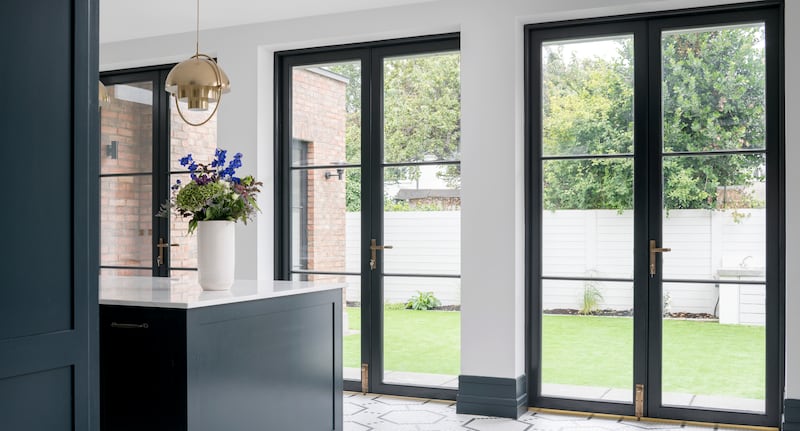When planning a renovation or extension, it is natural to create a wish list of dream features to make your home more comfortable and enjoyable. However, budget constraints often mean adjusting those expectations. A friend completed a home renovation within budget but had to make compromises and lamented that a larger budget would have allowed him to do more. But the truth is that sacrifices are inevitable, no matter the budget size. The key is knowing where to spend and where to save. Here are some strategies to help you make informed decisions and invest wisely in your home renovation.
Expectations
Begin your renovation journey by setting realistic expectations about costs. Although well-intentioned advice from friends or family who have carried out renovations might be helpful, remember their experiences may not accurately reflect your project’s unique specifications and current market conditions. Prices can change rapidly, so what worked for others might not apply to you.
A renovation completed just a year ago may differ in cost from one done today. To ensure you are well-informed, invest time in thorough research, obtain several quotes and be prepared for potential cost increases due to market volatility. By setting realistic cost expectations from the outset, you can better manage your budget and make informed decisions throughout the process.
Larger projects
When planning an extension or major renovation, remember that larger projects typically come with higher costs. Besides the build itself, you must account for refurbishment expenses such as integrating the new extension with your existing home. This can involve additional structural work and the challenge of seamlessly blending old and new elements, which can surprise homeowners when costs add up, especially for smaller extensions on larger properties.
READ MORE
Failing to consider these factors can result in unexpected expenses down the line. To avoid this, meticulously plan and evaluate all aspects of your project, creating a comprehensive budget that accurately reflects the scope of work and minimises the risk of unwelcome financial surprises.
Prioritise
A key aspect of managing your renovation budget is determining your non-negotiables. For some, this could be adding a bedroom or bathroom for a growing family, while others might prioritise energy efficiency and comfort through better insulation, upgraded heating systems or double-glazed windows. Clearly defining these priorities helps professionals advise on maximising your budget and identify areas for compromise without sacrificing satisfaction. Knowing your must-haves ensures essential elements of your vision are realised and simplifies resource allocation for a successful outcome.
Energy efficiency
Elements worth prioritising when planning your renovation budget are any that will boost your home’s energy efficiency, such as insulation, heating systems and windows. High-quality insulation, efficient heating and double-glazed windows might cost more upfront but will save you money on energy bills in the long run. These improvements also enhance comfort and reduce your home’s environmental footprint. With energy efficiency becoming more important, these upgrades can add value to your property while creating a more sustainable and comfortable living space.

Quality
Finding the right balance between budget and quality during a home renovation can be tricky. It is a good idea to invest in high-quality windows, doors and frequently used fittings as cutting costs on these items may lead to premature wear and tear, meaning you will need to replace them sooner.
It is also important to spend on components that are difficult and expensive to replace once the renovation is complete such as plumbing and electrical systems, roofing and flooring. While going for cheaper options might save you money upfront, it could lead to bigger expenses and headaches later. By investing in these critical components from the start, you will create a solid foundation for your renovation.
While prioritising quality in key areas, you can find ways to compromise on less impactful parts of your renovation. Thoughtfully consider each component and finish, and decide where to allocate your budget for the best value. This way, you can strike a balance between affordability and quality in your home renovation.
Phased approach
While it is natural to want your entire renovation wish list completed in one project, this approach can strain your budget and lead to quality compromises. Although a phased approach is not ideal, it is a viable option if your budget cannot cover everything at once. The key is proper planning and designing the entire project as if you were doing it all simultaneously. This way, you maintain coherence and reduce disruptions.
Start by prioritising the most critical aspects of your renovation and tackle the rest in phases. Creating a long-term plan allows you to spread out costs and ease the financial burden. Living in the space as you complete each phase also lets you make more informed decisions about future projects.
A phased approach might not be the most convenient, but it can be an effective solution for budget constraints. With careful planning, you can achieve your desired results without compromising quality.















